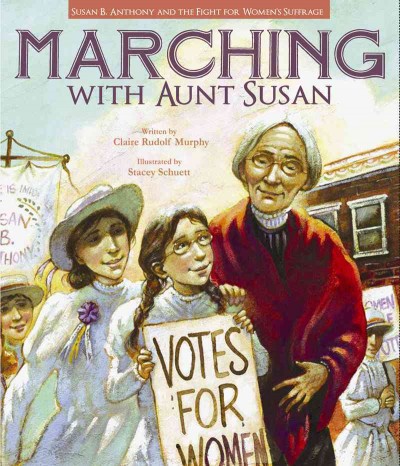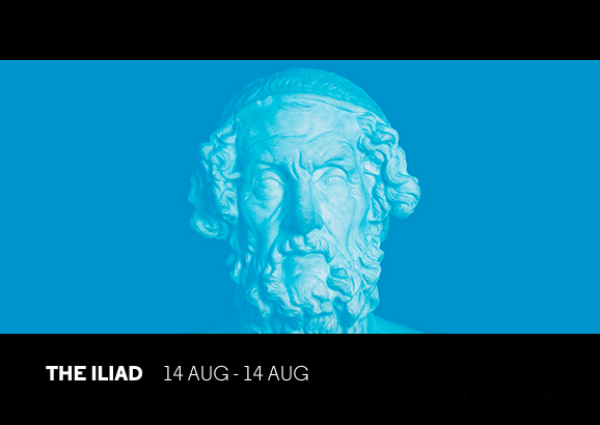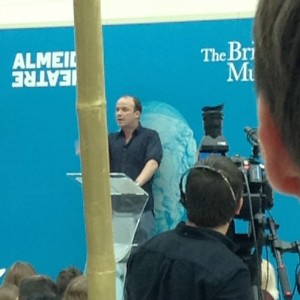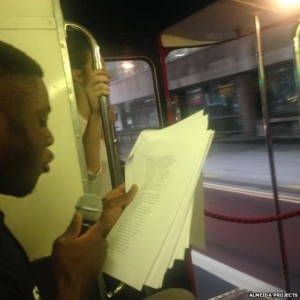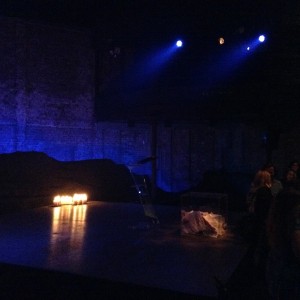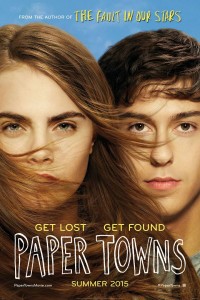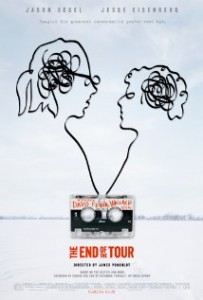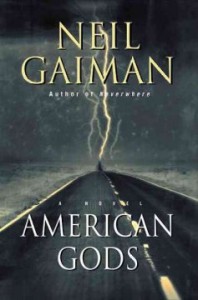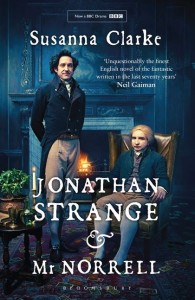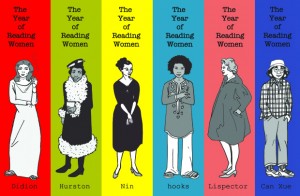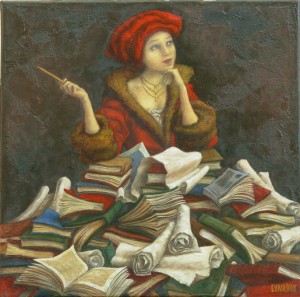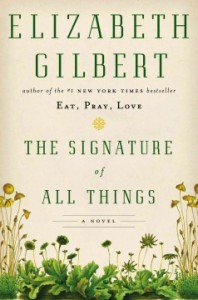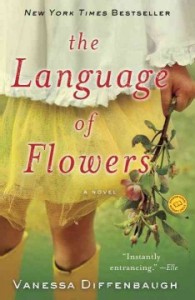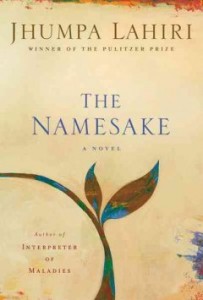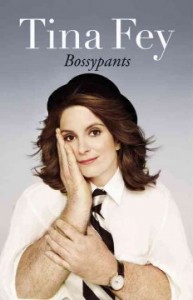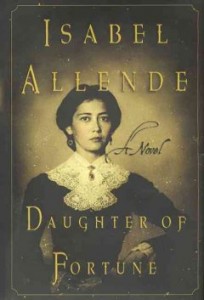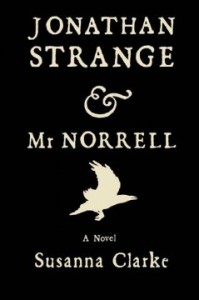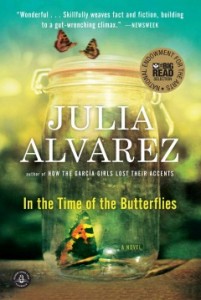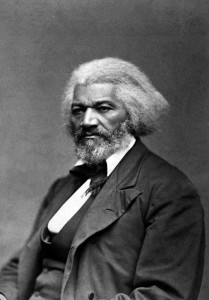I’ll be honest, between the time difference and the different publishing schedule in the UK, today’s list of new releases came as quite a bewildering surprise to me. Which may speak to precisely how exciting an existence, I lead, but nevertheless, I hope this list brings you the same level of wonder and excitement it brought me. Here in London, it looks like 50% of this weekend will be bright and sunny, but the other half will be perfect reading weather. I can only hope, wherever you might be this weekend, the weather is ideal for enjoying all that you want, and reading all you desire. And now, without further ado…here are some of the highlights from our shelves this week:
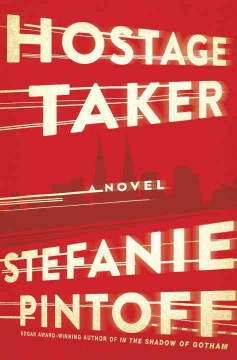 Hostage Taker: You may know Pintoff better from her historical mystery series featuring the wonderfully human Detective Simon Ziele, but in this contemporary thriller, Pintoff to New York in the 21st century with ease, crafting a story that is rooted in those deep, dark secrets that we will kill to protect. When a hostage-taker demands five witnesses and the presence of FBI Agent Eve Rossi, the stage is set for a harrowing day of conniving, deception, truth and lies that builds towards a taut, surprising conclusion. Though something of a new direction, it seems that Pintoff has another hit on her hands with this novel, which Kirkus calls “addictive” and author Lee Child says is “The perfect blend: an urban thriller as modern as tomorrow’s New York Times, driven by a two-hundred-year-old idea, with a main character to die for.”
Hostage Taker: You may know Pintoff better from her historical mystery series featuring the wonderfully human Detective Simon Ziele, but in this contemporary thriller, Pintoff to New York in the 21st century with ease, crafting a story that is rooted in those deep, dark secrets that we will kill to protect. When a hostage-taker demands five witnesses and the presence of FBI Agent Eve Rossi, the stage is set for a harrowing day of conniving, deception, truth and lies that builds towards a taut, surprising conclusion. Though something of a new direction, it seems that Pintoff has another hit on her hands with this novel, which Kirkus calls “addictive” and author Lee Child says is “The perfect blend: an urban thriller as modern as tomorrow’s New York Times, driven by a two-hundred-year-old idea, with a main character to die for.”
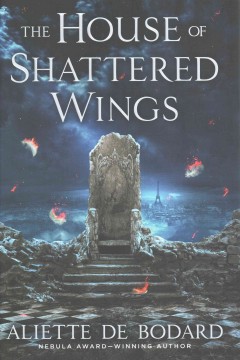 The House Of Shattered Wings: This book has been getting a surprising amount of advanced praise from a range of reviewers and websites. Author Tim Powers says that this book is “wildly imaginative and completely convincing, this novel will haunt you long after you’ve put it down.” Set in Paris after a Great War between the ruling arcane powers, an alchemist, a magician, and a fallen angel must join forces to save their house and their city–or wreak its ultimate downfall. Aliette De Bodard’s imagination seems quite the fascinating place, and this debut is well on its way to being the hit of the autumn.
The House Of Shattered Wings: This book has been getting a surprising amount of advanced praise from a range of reviewers and websites. Author Tim Powers says that this book is “wildly imaginative and completely convincing, this novel will haunt you long after you’ve put it down.” Set in Paris after a Great War between the ruling arcane powers, an alchemist, a magician, and a fallen angel must join forces to save their house and their city–or wreak its ultimate downfall. Aliette De Bodard’s imagination seems quite the fascinating place, and this debut is well on its way to being the hit of the autumn.
 The Little Paris Bookshop: This book has graced the New York Times bestseller list for a number of weeks now, and it is at last available on our shelves. Like The House of Shattered Wings, this novel is set in Paris, but a very, very different Paris entirely. Here, Monsieur Perdu runs a floating bookshop on the Seine where he offers stories to heal others’ heartbreaks…but there seems to be no way to heal his own, following the disappearance of his one true love. Plenty of reviewers sang songs of tribute to Nina George’s book, with the Hamburger Morgenpost calling is “One of those books that gets you thinking about whom you need to give it to as a gift even while you’re still reading it, because it makes you happy and should be part of any well-stocked apothecary”.
The Little Paris Bookshop: This book has graced the New York Times bestseller list for a number of weeks now, and it is at last available on our shelves. Like The House of Shattered Wings, this novel is set in Paris, but a very, very different Paris entirely. Here, Monsieur Perdu runs a floating bookshop on the Seine where he offers stories to heal others’ heartbreaks…but there seems to be no way to heal his own, following the disappearance of his one true love. Plenty of reviewers sang songs of tribute to Nina George’s book, with the Hamburger Morgenpost calling is “One of those books that gets you thinking about whom you need to give it to as a gift even while you’re still reading it, because it makes you happy and should be part of any well-stocked apothecary”.
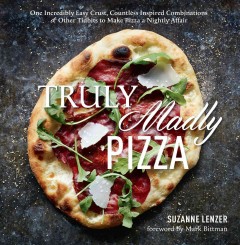 Truly Madly Pizza: One Incredibly Easy crust, Countless Inspired Combinations & Other Tidbits to Make Pizza A Nightly Affair: It’s a book. About pizza.
Truly Madly Pizza: One Incredibly Easy crust, Countless Inspired Combinations & Other Tidbits to Make Pizza A Nightly Affair: It’s a book. About pizza.
….Oh, I’m sorry, did you need more reason to check out this book? Ok. There are lots of pictures of pizza that you can make. And eat.
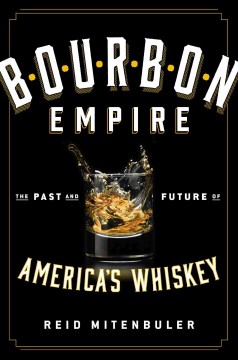 Bourbon Empire: The Past and Future of America’s Whiskey: And what better way to follow it up? With a history of bourbon and it’s resurgence in the United States. This is a surprisingly complex story that touches on every location and time period of modern America, from the Wild West to the heady days of bootleggers and gangsters, from the heights of Madison Avenue to the shady political back-door deals. Reid Mitenbuler’s tone seems to be hitting all the right notes, as well, with Library Journal noting that his “abundant and even surprising detail is bundled with sharp writing that doesn’t hesitate to criticize.” This definitely seems like a book that will entertain even as it educates, and is sure to make you into a hit at your next cocktail party.
Bourbon Empire: The Past and Future of America’s Whiskey: And what better way to follow it up? With a history of bourbon and it’s resurgence in the United States. This is a surprisingly complex story that touches on every location and time period of modern America, from the Wild West to the heady days of bootleggers and gangsters, from the heights of Madison Avenue to the shady political back-door deals. Reid Mitenbuler’s tone seems to be hitting all the right notes, as well, with Library Journal noting that his “abundant and even surprising detail is bundled with sharp writing that doesn’t hesitate to criticize.” This definitely seems like a book that will entertain even as it educates, and is sure to make you into a hit at your next cocktail party.
And there you have it, beloved patrons! Have a sensational weekend and happy reading!
PS: Jonathan Strange has arrived!

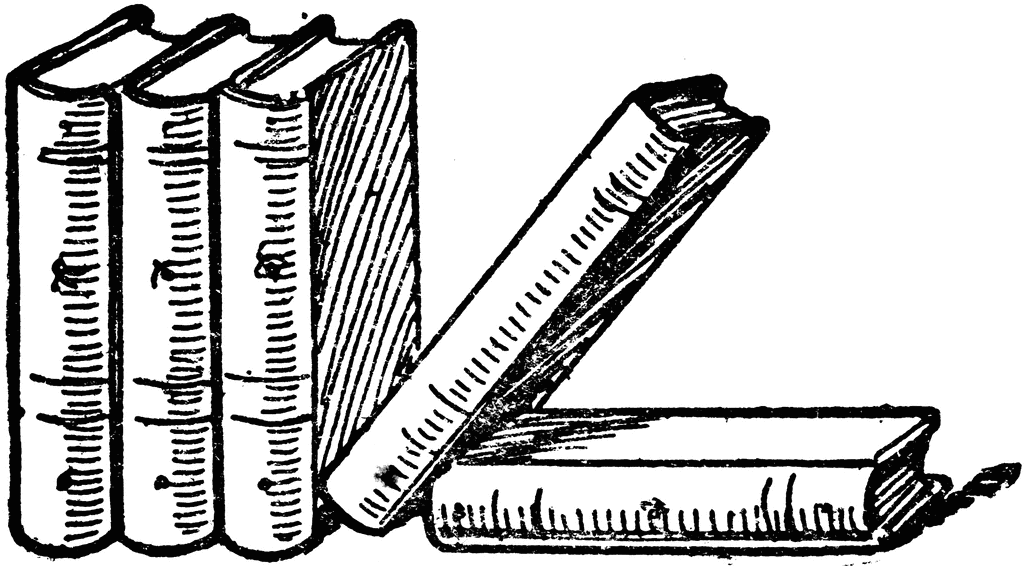
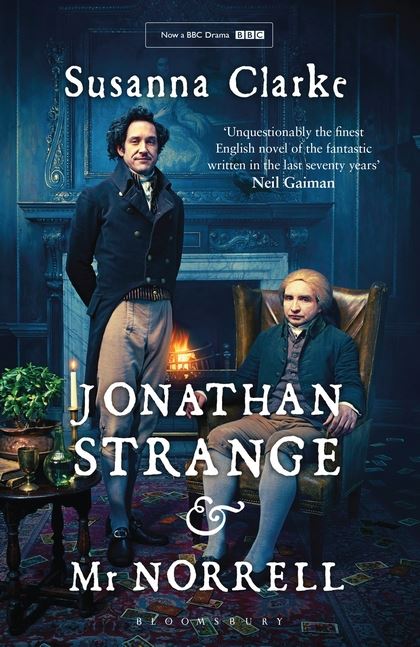

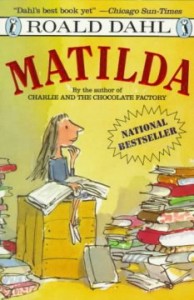
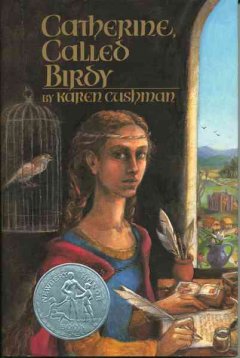 Catherine Called Birdy
Catherine Called Birdy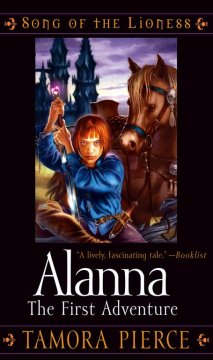

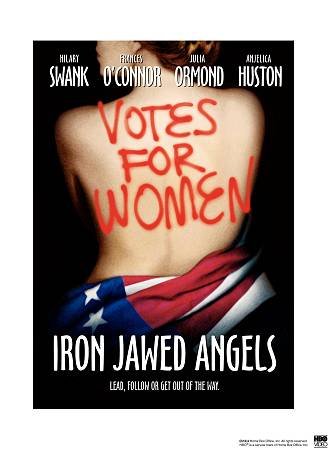


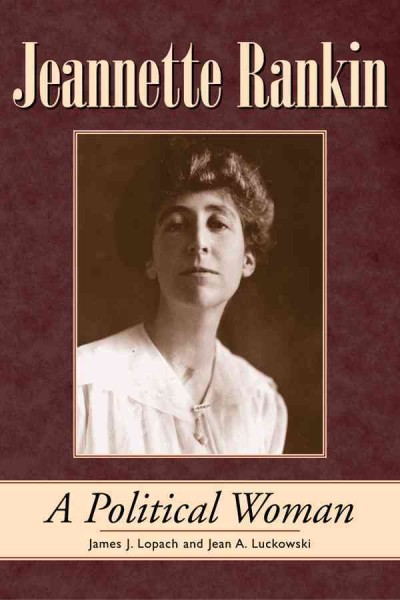

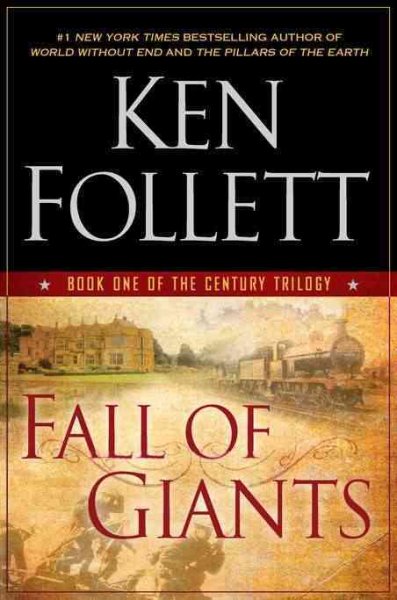
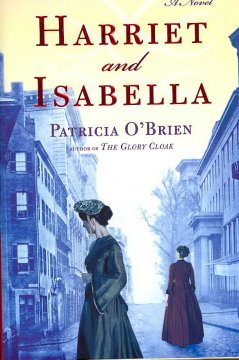
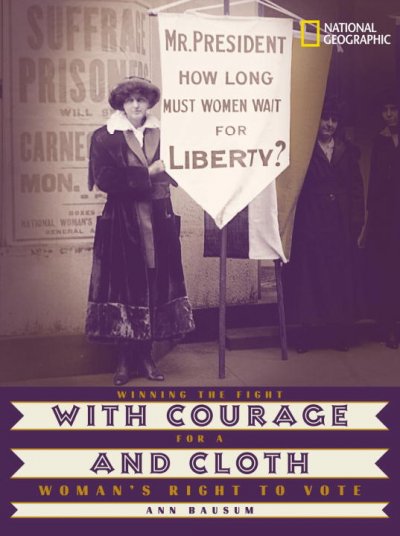 teens in your lives. The youngest in the family will appreciate Marching with Aunt Susan by Claire Rudolf Murphy, while older elementary school aged children can enjoy
teens in your lives. The youngest in the family will appreciate Marching with Aunt Susan by Claire Rudolf Murphy, while older elementary school aged children can enjoy 